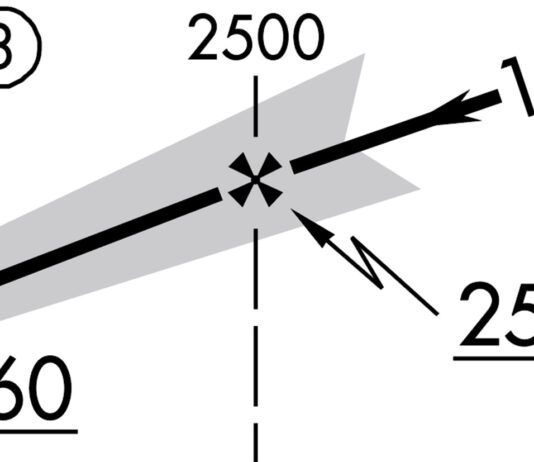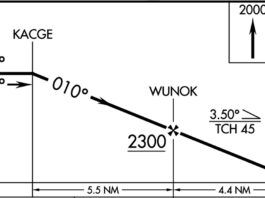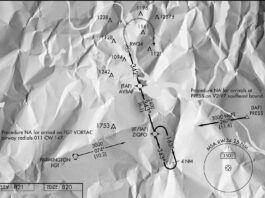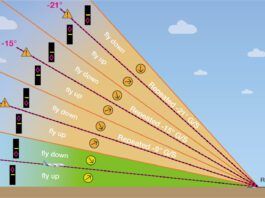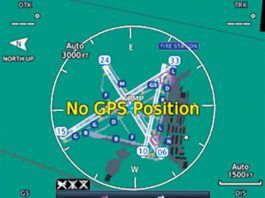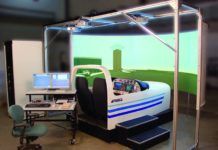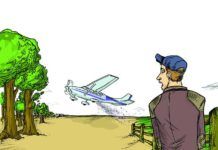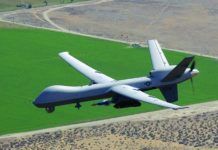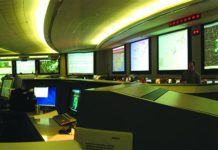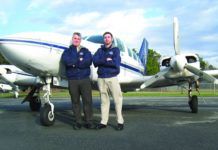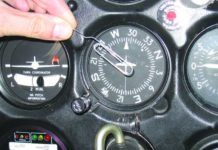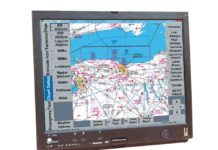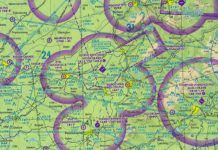New Options For Currency
On October 20, 2009, some changes to Part 61 became the new gospel from the FAA. These werent huge, sweeping changes, but they were easy to miss and could affect you quite a bit. Lets take a look.
No Initial Fix Needed
Back when I used to teach science classes for elementary school students and their teachers, we used to say that a great question was one that generated an answer plus two more questions. Such it is with the RNAV (GPS) Rwy 33 approach to Easton, Md.
Stupid Pilot Tricks
If youve been with us a while, youll recognize our yearly foray into the bent and bizarre culled from a years worth of NTSB accident summaries (all non-fatal, of course). Not all are actually stupid. Some are just plain, er, strange. But all, we think, are worthy of note. Each year offers up those who think too much, those who think too little and those who dont think at all.
Pilot Tricks by Remote Control
Every once in a while we run across something in the summaries that is just plain interesting and worth more than a passing mention. One such was the April 2006 crash of a MQ-9 Predator B unmanned aerial drone near Nogales, Ariz.
Caught up in the Flow
As pilots or passengers, we fly to go somewhere. That somewhere isnt on an airport ramp, crammed for hours into a stationary airliner. And its not cooling your heels in the runup area with the engine shut down.
Hoping An LPV Is Coming To Town? Go Check Up On It
Of the nearly 16,000 instrument approach procedures in the U.S., over half are RNAV approaches. Of those, 1884 have LPV minimums. About half of the LPV approaches have been created for non-Part 139 airports (no large air carrier service), so GA aircraft are getting a good deal.
Ticket for the Hot Seat
It used to be that newbie, commercial pilots started out in the trial-by-fire world of check-hauling and freight-dogging in piston twins. The pilots that survived (and the majority of them did) understood the realities of single-pilot IFR at a visceral level. Those core skills were the foundation on which airline and jet-charter careers were built.
Briefing: January 2010
Once upon a time it was considered just fine to polish frost smooth rather than scrape the junk off. Now the FAA has changed its mind. The rule is only binding on Parts 125, 135, or 91 subpart F (fractionals), but nine of the 12 frost-related accidents the FAA identified were with non-fractional Part 91 operations, so all of us might take note. Previous FAA guidance recommended removing all wing frost prior to takeoff, but allowed it to be polished smooth if the aircraft manufacturers recommended procedures were followed. But manufacturers never published standards for polished frost, and the FAA said it has no data to determine how to polish frost to satisfactory smoothness.
Readback: January 2010
Any dummy can figure that one needs a Direct entry when approaching the holding fix on the hemisphere containing the racetrack. The head scratcher is whether, from the other hemisphere, to do a teardrop or a parallel entry to the hold.
Readback: November 2010
My iPad was shipped the first day the devices were sent to the general public. Why did I buy one? Availability of charts, cockpit management and cost.
Just Do Nothing
Some years back I was enjoying a chat with a former B-52 commander about emergencies, and he told me something about his training that has stuck. They had a mechanical clock in the cockpit, and they were trained that at the first sign of all but the most critical emergencies they should wind the clock.
Into Uncontrolled Air
As instrument pilots on IFR clearances, the types and differences of the airspace we fly in dont seem to matter much. But it turns out that there are some nuances that do matter and can cause hassle, hazard or even a certificate action if we ignore them.

